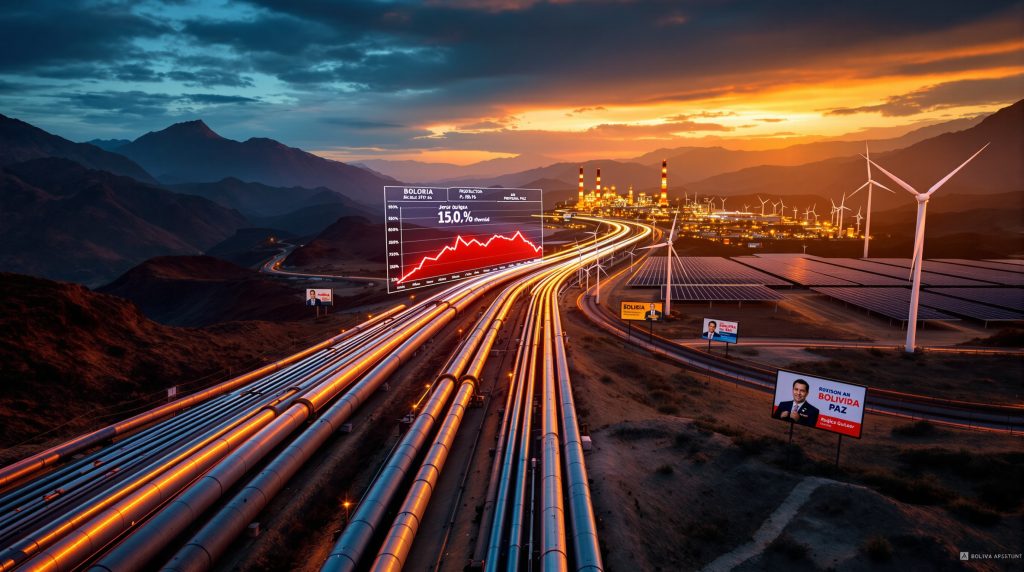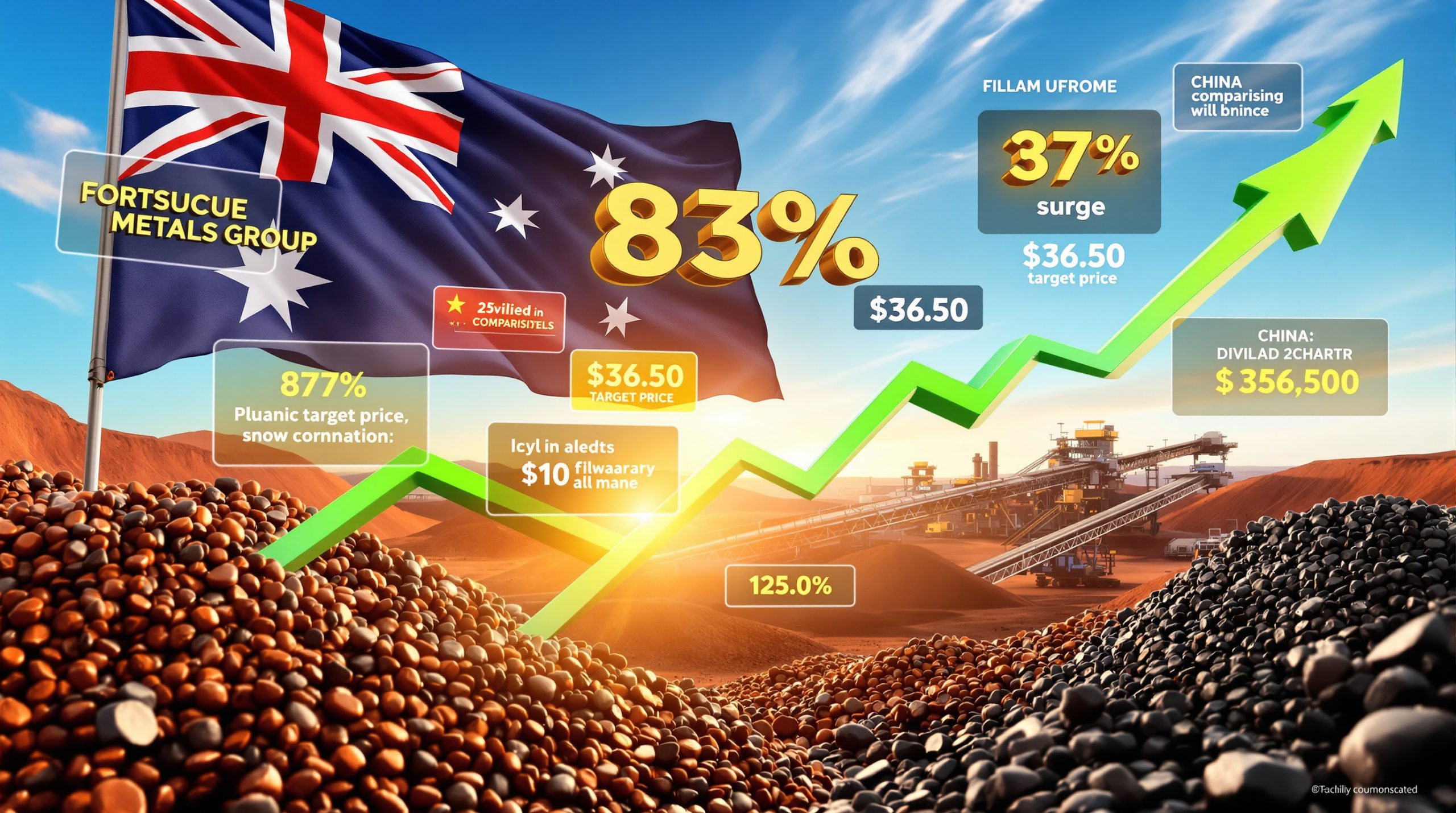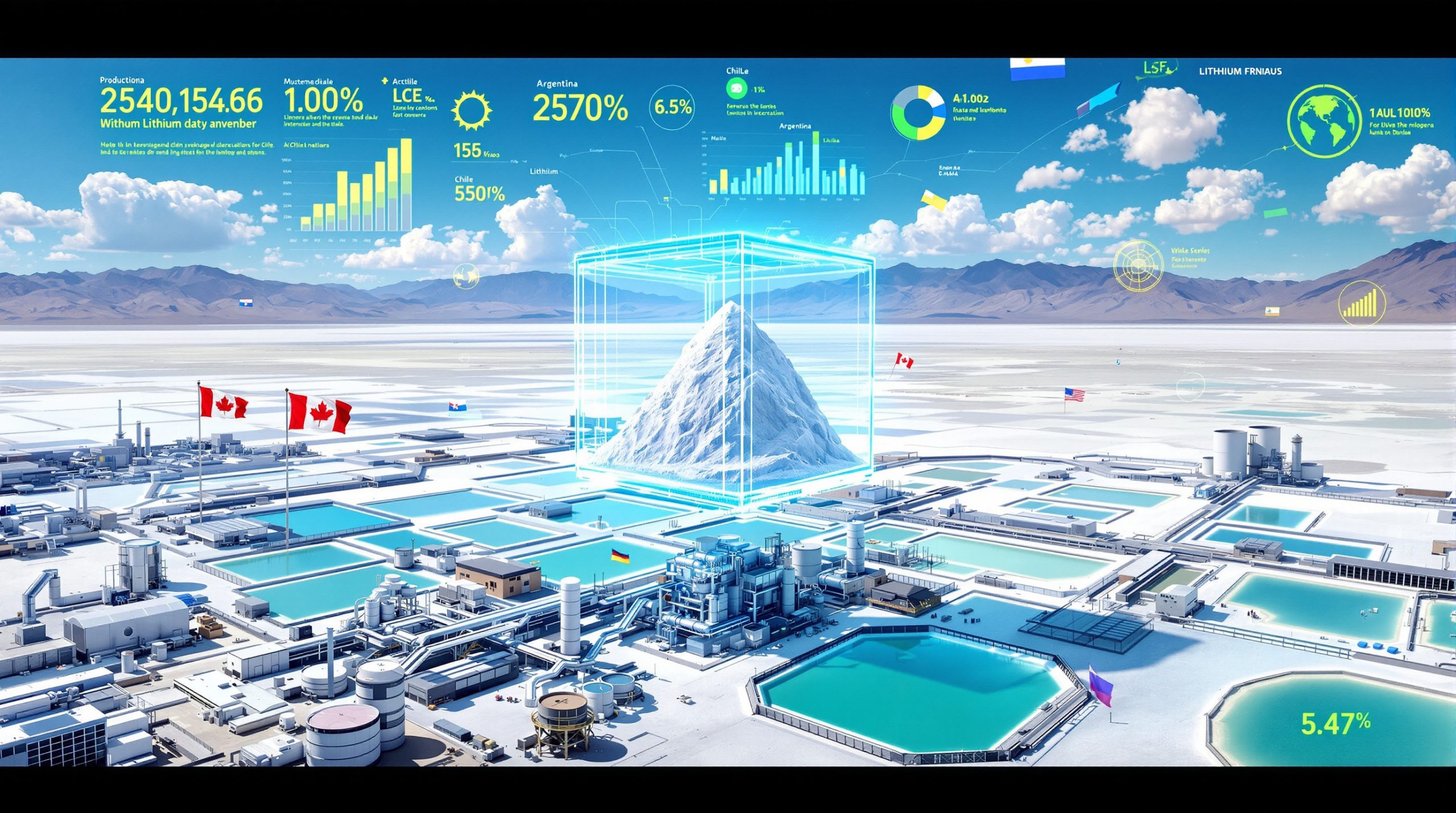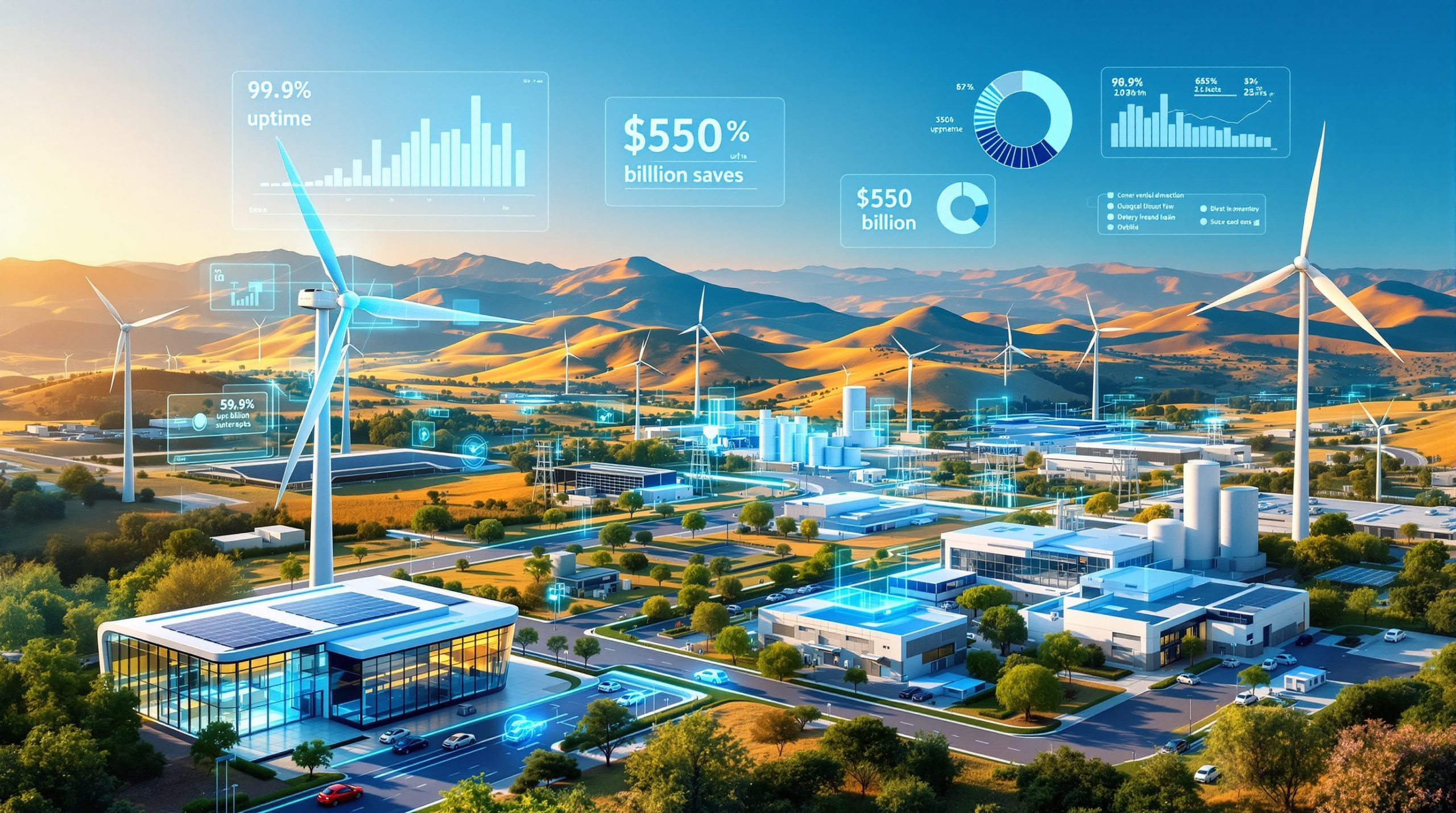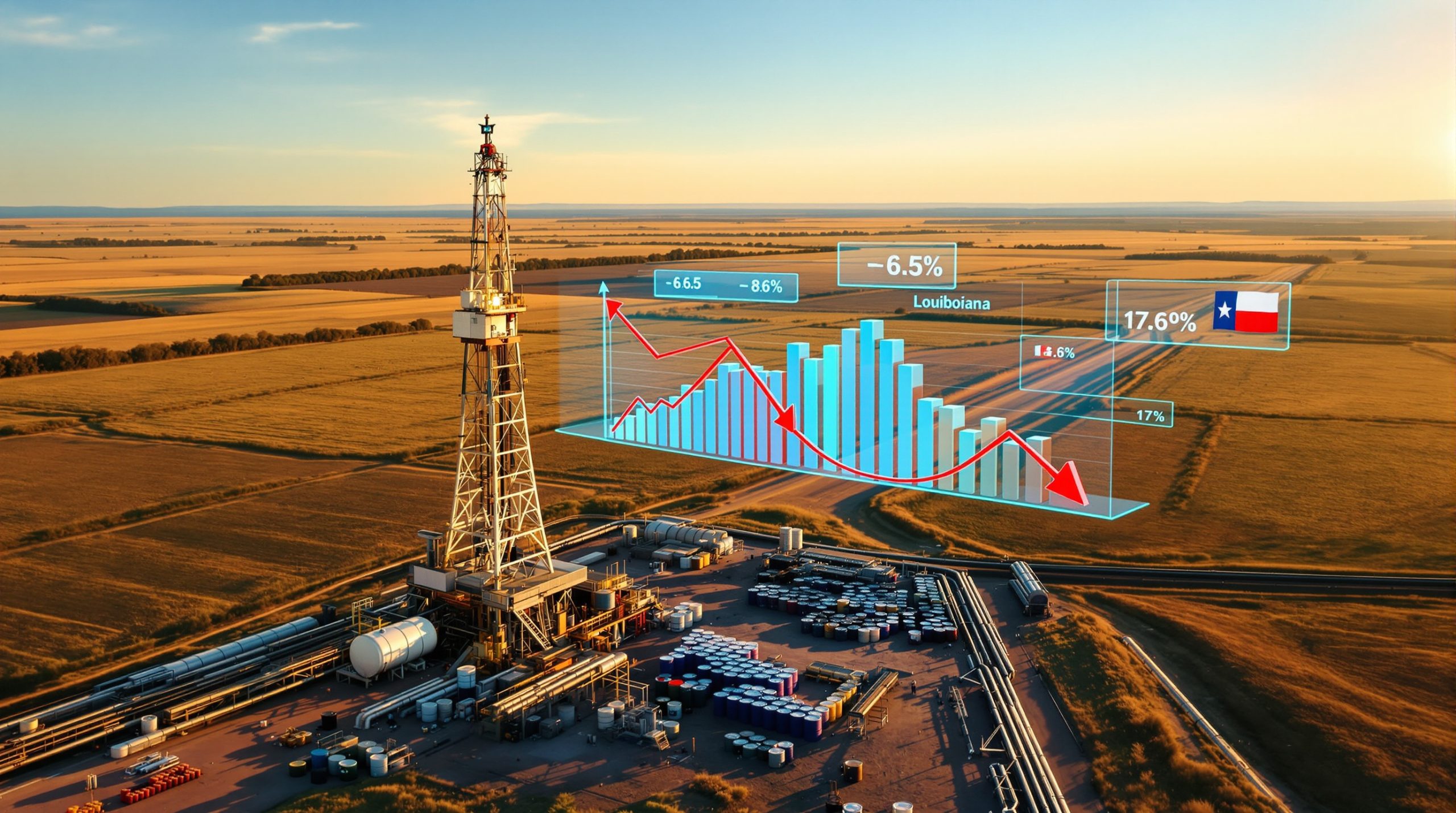Bolivia's Gas Exports at Crossroads: Political Change and Energy Transformation
Bolivia stands at a pivotal moment in its history as a natural gas exporter. In fact, bolivia's gas exports at crossroads now face unprecedented challenges that threaten to shift the nation’s role from a regional energy powerhouse to a potential net importer. Furthermore, political change and market uncertainties are accelerating this turbulent transition.
The historic defeat of the Movimiento al Socialismo (MAS) party in the August 2025 elections signalled not only a political shift but also cast serious doubts on Bolivia’s future as a significant gas supplier. Analysts argue that declining production, reducing reserves, and the loss of key export markets have converged to create a perfect storm in the energy sector.
A detailed study on shifting global energy policies can be found through oil and energy news, underscoring the international attention on these dynamics.
What Caused Bolivia's Dramatic Gas Production Decline?
The Legacy of Nationalisation
Bolivia’s current gas crisis can be traced to the 2006 nationalisation of the hydrocarbon sector under President Evo Morales. This historic decision, although popular then, resulted in several structural inefficiencies. Consequently, state-owned Yacimientos Petrolíferos Fiscales Bolivianos (YPFB) was made both regulator and operator, which compromised objective oversight.
Political loyalty, rather than technical competence, dominated key appointments. As Raúl Velásquez from Fundación Jubileo noted, poor management has fundamentally contributed to Bolivia’s ongoing energy challenges. This political approach continues to hamper resource allocation and operational efficiency across the energy sector.
Production Statistics and Reserve Depletion
The numerical data reveals a stark decline in performance:
- Gas production dropped approximately 36% over a decade.
- Export revenues fell by over 73% from 2014 to 2024.
- In 2024 alone, export revenues decreased by 21.2%, falling from $295.2 million to $232.5 million.
Additionally, proven natural gas reserves have dropped from 26.7 trillion cubic feet (TCF) in 2005 to below 8.95 TCF today. Without significant new investments or discoveries, these reserves might be exhausted within the next decade.
How Has the Regional Energy Landscape Transformed?
Argentina's Shift from Importer to Exporter
Argentina’s decision to cease importing Bolivian gas by October 2024 ended a crucial commercial relationship that once generated around $600 million annually. Argentine officials paid an average of $8.2 per MMBtu for Bolivian gas in 2023, compared to only $4.0 per MMBtu for domestic gas. Consequently, Argentina accelerated its own production at Vaca Muerta.
The inauguration of the President Néstor Kirchner Gas Pipeline in July 2023 symbolised the end of Bolivia’s longstanding role as Argentina’s primary source. This new infrastructure now channels up to 21 million cubic metres per day from Vaca Muerta, leaving Bolivia with mounting export challenges. For further context, discussions on energy export challenges offer more in‐depth analysis.
Brazil's Evolving Energy Strategy
With Argentina’s exit, Bolivia has become increasingly dependent on Brazil. The latest contract extension, effective until 2026, reduced committed supply volumes to just 14–20 million cubic metres per day, highlighting both production declines and Brazil’s desire for diversified supply sources.
In addition, Brazil is now prioritising domestic production and LNG imports. The country has made notable oil and gas discoveries in the Santos Basin while planning LNG terminals with the capacity to import 20 million cubic metres per day. This strategy provides enhanced supply security and more favourable pricing alternatives for Brazilian industries.
What Economic Crisis Has Emerged from Gas Sector Decline?
Foreign Exchange and Fiscal Challenges
Bolivia’s shift from exporter to potential importer has triggered a severe economic crisis. The depletion of foreign reserves, which stood at only $284.5 million by late 2024, exacerbates the situation. As a result, the country struggles to meet increased import demands for essential goods, including refined petroleum products.
This crisis generates a vicious cycle where Bolivia’s inability to earn foreign currency from gas exports worsens its fiscal challenges. Moreover, the dwindling export income is forcing the country to rely on expensive international fuel purchases to meet domestic needs.
The Unsustainable Subsidy System
Previously, fuel subsidies symbolised Bolivia’s resource nationalism. However, in 2024, these subsidies cost the state over $331.2 million, with annual estimates approaching $3 billion. The government now sells gasoline and diesel at around $0.53 per litre, which is significantly below the international reference price of $1.20–$1.24.
Due to this pricing, Bolivia imports 86% of its diesel and 56% of its gasoline, leaving the government with scarce foreign currency reserves. This unsustainable subsidy regime burdens the national budget and deepens the economic crisis, creating harsh conditions for ordinary citizens.
Inflation and Currency Distortions
Ordinary Bolivians are feeling the pinch with rising costs:
• Consumer price inflation reached a 16-year high of 9.97% in November 2024.
• Food prices increased nearly 15% annually in early 2024.
• A parallel foreign exchange market has emerged, with black market rates reaching 17–20 bolivianos per dollar against an official rate of 6.96.
Additionally, reports such as bolivia economic insights help illuminate the broader macroeconomic effects on national stability.
What Solutions Are Presidential Candidates Proposing?
Jorge Quiroga's Reform Agenda
Former president Jorge Quiroga has unveiled a comprehensive reform package aimed at reviving production. His proposals include:
- Subsidies to encourage increased gas production.
- Investment in renewable energy transformation to lower domestic consumption.
- Reverting some aspects of the 2006 nationalisation to attract foreign capital.
- Introducing market-oriented pricing to reduce fuel subsidy burdens.
Quiroga stresses that immediate action is essential. He notes that nearly 70% of Bolivia's electricity generation depends on thermoelectric plants powered by natural gas, a market that competes directly with export needs.
Rodrigo Paz's Alternative Vision
Senator Rodrigo Paz presents a different roadmap. His strategy focuses on:
- Offering legal and fiscal incentives to boost gas output while gradually reducing subsidies.
- Maintaining a substantial state role alongside strategic partnerships with foreign firms.
- Targeting Brazil as the core export market.
- Enhancing the legal framework to secure further foreign investment.
Paz’s vision recognises that while boosting production is critical, new upstream investments require time to develop, particularly outside existing infrastructure corridors.
What Are the Geological and Technical Realities?
Recent Discoveries and Development Challenges
Despite declining volumes, Bolivia made a promising discovery at the Mayaya Centro field in 2022. Yet, significant obstacles remain:
- Limited access to capital for exploration
- Technical complexities in extracting gas
- The remoteness from existing pipelines, necessitating further investment
- Declining productivity in mature fields
Thus, even with reforms, reversing the production decline will take time. Current exploration projects require 5–7 years from discovery to commercial production, further straining export capabilities.
Infrastructure Limitations
Bolivia’s landlocked status complicates energy diversification. Without access to seaports for LNG exports, Bolivia remains reliant on its existing pipeline network to Brazil and Argentina. Although these pipelines represent multi-billion-dollar investments, repurposing them would demand further substantial investment and technical adjustments.
Moreover, the geopolitical context adds pressure, especially as neighbouring countries undergo their own energy shifts, such as India's lithium strategy, which is reshaping global mineral supply markets.
What Are the Regional Implications of Bolivia's Gas Decline?
Opportunities for Argentina
Argentina is poised to capitalise on Bolivia’s reduced gas output. With rising production at Vaca Muerta, Argentina could emerge as a primary regional supplier, especially for southern Brazil. However, this opportunity depends on:
- Building new pipeline infrastructure
- Overcoming potential political resistance in Brazil
- Competing with flexible LNG imports
These factors collectively dictate Argentina’s future energy landscape and highlight complex regional interdependencies.
Brazil's Supply Security Concerns
Brazil, reliant on Bolivian pipeline gas for industrial processes, now faces growing supply security challenges. Investments by companies such as TBG and NTS aim to upgrade pipeline infrastructure and transport pre-salt gas amid falling Bolivian outputs. Furthermore, private Brazilian agents are advocating for increased diversity in their import sources, signalling broader energy transition dynamics.
Additionally, a recent Venezuela policy shift in the region has further complicated supply dynamics, underscoring the multifaceted geopolitical pressures at play.
Regional Energy Integration
Bolivia’s gas crisis illustrates the challenges and prospects inherent in regional energy integration. Despite massive investments in pipeline infrastructure, long-standing political and economic barriers continue to obstruct deeper cooperation. As countries like Brazil and Argentina adapt, the broader implications for South American energy markets remain significant.
What Is the Outlook for Bolivia’s Gas Sector?
Short-Term Challenges (2025–2027)
In the near term, Bolivia faces a confluence of issues. The gas export contract with Brazil is set to expire in 2026, leaving the nation vulnerable during renegotiations. Moreover, production continues to fall from mature fields while fiscal pressures intensify due to costly fuel subsidies. In this volatile period, bolivia's gas exports at crossroads are under intense scrutiny by both domestic and international investors.
The incoming government must act decisively. Political courage, technical expertise, and social consensus will be critical to managing inflation, foreign exchange shortages, and potential fuel supply disruptions.
Medium-Term Possibilities (2027–2030)
Looking forward, the medium-term scenario hinges on policy success and investment. If reforms attract significant capital, production stabilisation could emerge by 2028–2029. New discoveries, such as Mayaya Centro, may begin offsetting declines in older fields. Moreover, restructuring domestic gas pricing could relieve fiscal pressures and free up more gas for export.
Under optimistic scenarios, however, bolivia's gas exports at crossroads may never reach the peak volumes of the mid-2010s. Instead, Bolivia might secure a smaller yet stabilised position in the regional market.
Long-Term Transformation (Beyond 2030)
Over the long haul, Bolivia must confront fundamental questions about its energy future. The nation could ultimately shift from exporter to importer if current trends persist. Alternatively, massive opportunities exist in the renewable sector, with solar potential in the Altiplano and hydroelectric capabilities on the rise. Such transformations may help diversify the economy away from hydrocarbons and redefine national identity.
Conclusion: Bolivia at a Crossroads
Bolivia stands at a definitive crossroads. As debates rage over the future direction of its energy policy, the phrase bolivia's gas exports at crossroads encapsulates the country's fragile position. Both presidential candidates propose drastic reforms and face steep political challenges.
In addition, achieving meaningful change will require extensive technical investment, robust international partnerships, and overcoming entrenched political legacies. Ultimately, the coming years will determine whether Bolivia can recuperate its status as a vital energy supplier or transition into a fundamentally different economic model.
Want to Profit from the Next Major Mineral Discovery?
Discover how to identify significant ASX mineral discoveries before the broader market with Discovery Alert's proprietary Discovery IQ model, transforming complex mineral data into actionable investment insights. Visit our dedicated discoveries page to explore historical examples of exceptional returns and begin your 30-day free trial today.
